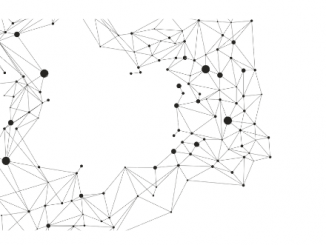
Introduction
In the realm of modern data management, Snowflake stands out as a powerful and innovative cloud-based data warehousing platform. Its architecture combines elements from both traditional shared-disk and shared-nothing database technologies, resulting in a unique and efficient solution. In this blog post, we’ll explore the key concepts behind Snowflake’s architecture, how it stores and processes data, and the benefits it offers.
Key Concepts
- Self-Managed Service: Snowflake is a true self-managed service. Users don’t need to worry about hardware selection, installation, or configuration. Snowflake handles ongoing maintenance, upgrades, and tuning automatically.
- Cloud-Native Design: Unlike some existing database technologies, Snowflake was purpose-built for the cloud. It doesn’t rely on legacy systems or “big data” platforms like Hadoop. Instead, it combines a new SQL query engine with an innovative architecture designed specifically for cloud environments.
- Hybrid Architecture: Snowflake’s architecture blends features from shared-disk and shared-nothing approaches. Let’s dive deeper into each layer:
Layers of Snowflake Architecture
1. Database Storage Layer
- When data is loaded into Snowflake, it undergoes reorganization into an optimized, compressed, and columnar format.
- Snowflake manages all aspects of data storage, including organization, file size, compression, metadata, and statistics.
- Data objects are stored in cloud storage and are not directly accessible by users. They can only be queried using SQL operations within Snowflake.
2. Query Processing Layer
- Snowflake processes queries using MPP (massively parallel processing) compute clusters.
- Each node in the cluster stores a portion of the entire dataset locally.
- This approach combines the simplicity of shared-disk architectures with the performance benefits of shared-nothing architectures.
3. Cloud Services Layer
- Snowflake runs entirely on cloud infrastructure.
- All components (except optional command line clients, drivers, and connectors) operate within public cloud infrastructures.
- Virtual compute instances handle Snowflake’s compute needs, while a storage service persists data.
Benefits of Snowflake Architecture
- Flexibility: Snowflake’s hybrid architecture allows seamless scaling and performance optimization.
- Ease of Use: Users interact with Snowflake as if it were an enterprise analytic database, but with additional special features.
- Efficiency: Optimized data storage and parallel query processing lead to faster analytics.
- Zero Maintenance Overhead: Snowflake handles all maintenance tasks, freeing users from administrative burdens.
In conclusion, Snowflake’s architecture revolutionizes data management by combining the best of both worlds. Whether you’re dealing with data warehousing, analytics, or other use cases, Snowflake’s self-managed service and innovative design make it a powerful choice in the cloud data landscape. So, next time you encounter a snowflake, remember that there’s more to it than meets the eye!


